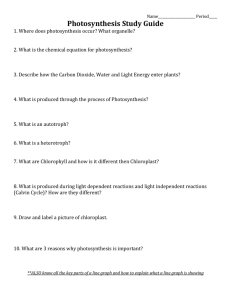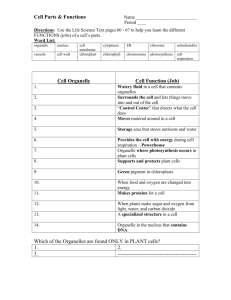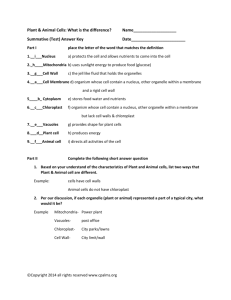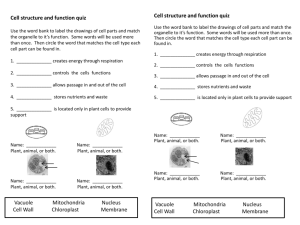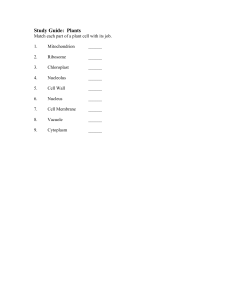Do you remember any of the eight characteristics of living things?
advertisement
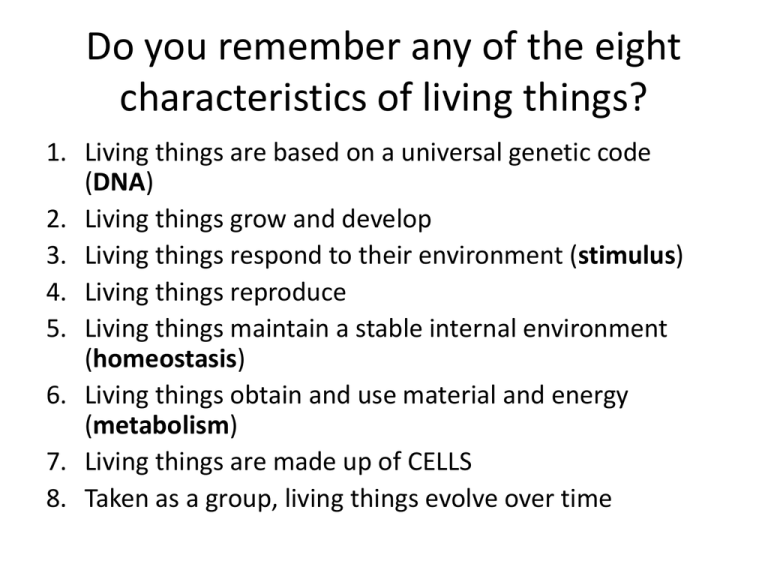
Do you remember any of the eight characteristics of living things? 1. Living things are based on a universal genetic code (DNA) 2. Living things grow and develop 3. Living things respond to their environment (stimulus) 4. Living things reproduce 5. Living things maintain a stable internal environment (homeostasis) 6. Living things obtain and use material and energy (metabolism) 7. Living things are made up of CELLS 8. Taken as a group, living things evolve over time Three Subatomic Particles • Proton: (+) charged particle found inside the nucleus • Neutron: neutral particle found inside the nucleus • Electron: (-) charged particle found outside the nucleus in various energy levels Organic Compounds Carbohydrates Lipids Proteins Nucleic Acids Monomer: Monomer: Monosaccharide Monomer: Glycerol and Fatty Acids Monomer: Nucleotide Amino Acid 1) 5 Carbon sugar, 2) phosphate group 3)nitrogenous base Made up of: Made up of: Made up of: Made up of: Carbon, Hydrogen, Oxygen Carbon, Hydrogen, Oxygen (H:O in 2:1 ratio) (H:O not in 2:1 ratio) Carbon, Hydrogen, Oxygen, Nitrogen Carbon, Hydrogen, Oxygen, Nitrogen and Phosphorus Sugars – glucose, fructose, sucrose Oils, Waxes, Butter Enzymes DNA and RNA Differences between plant and animal Plant • Cell wall • Chloroplast • Photosynthesis • No centrioles Animal • No cell wall • No chloroplast • No photosynthesis • Lysosomes • Centrioles (cell division) More review… • Organelle for photosynthesis – chloroplast • Organelle to convert chemical energy into energy the cell can use – mitochondria • Energy currency of the cell – ATP • Why are plants green? – Chlorophyll

